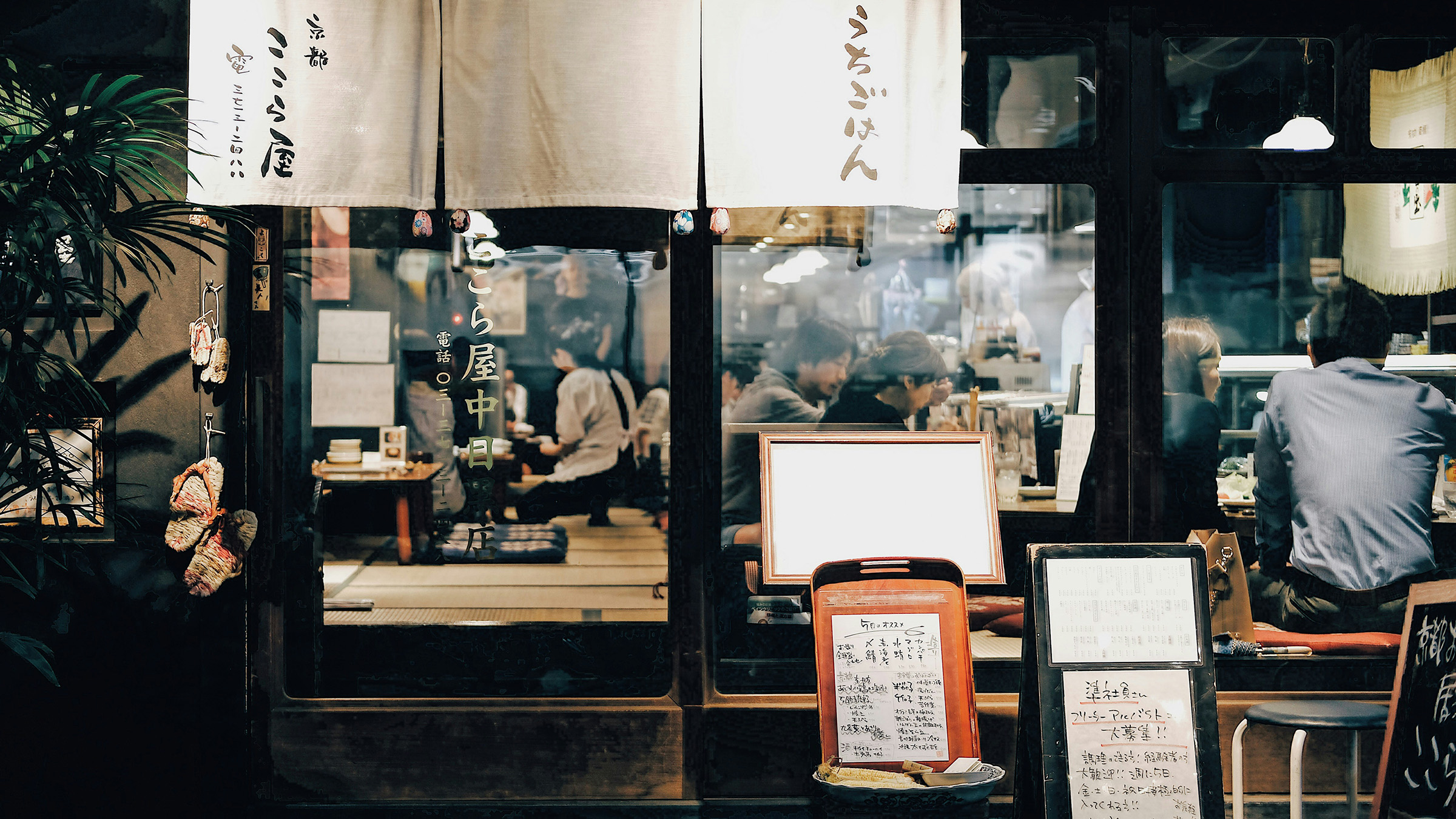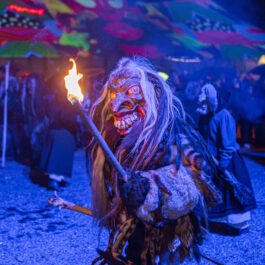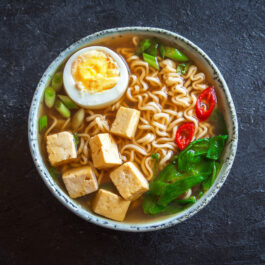Whether you prefer rubbing shoulders with locals at a cosy noodle counter or dressing up for a traditional Japanese omakase menu in a private tatami room, it is rarely easy to decide what and where to eat in one of the world’s premier culinary capitals, Tokyo. With over 190 Michelin-starred restaurants and countless hidden hole-in-the-wall gems, the competition is fierce – and expectations are sky-high. Allow us to help you along with our top 10 picks, while also keeping in mind that, whatever you choose, it’s bound to be an experience to remember; Tokyoites will not settle for anything less.
For Gourmet Gastronomy: nôl
Soon after its initial opening in 2022, this sustainably focussed restaurant was awarded a Michelin star. Distancing itself from ingredients typically associated with fine dining establishments, nôl stoically focuses on regenerating its food cycle and minimising food waste, while redefining the norms of haute cuisine. Collaborating with a farm in neighbouring Saitama prefecture, the menu includes herbs and vegetables grown with the compost from a unit installed at the restaurant. A pre-dinner ‘aperitif’ here is a cup of soup made from the roots, leaves and peels of ingredients used to create the menu of the day – normally discarded during the preparation process – and seasoned with nothing more than a pinch of salt. It’s the ultimate antithesis to conventional (read: wasteful) culinary practices.
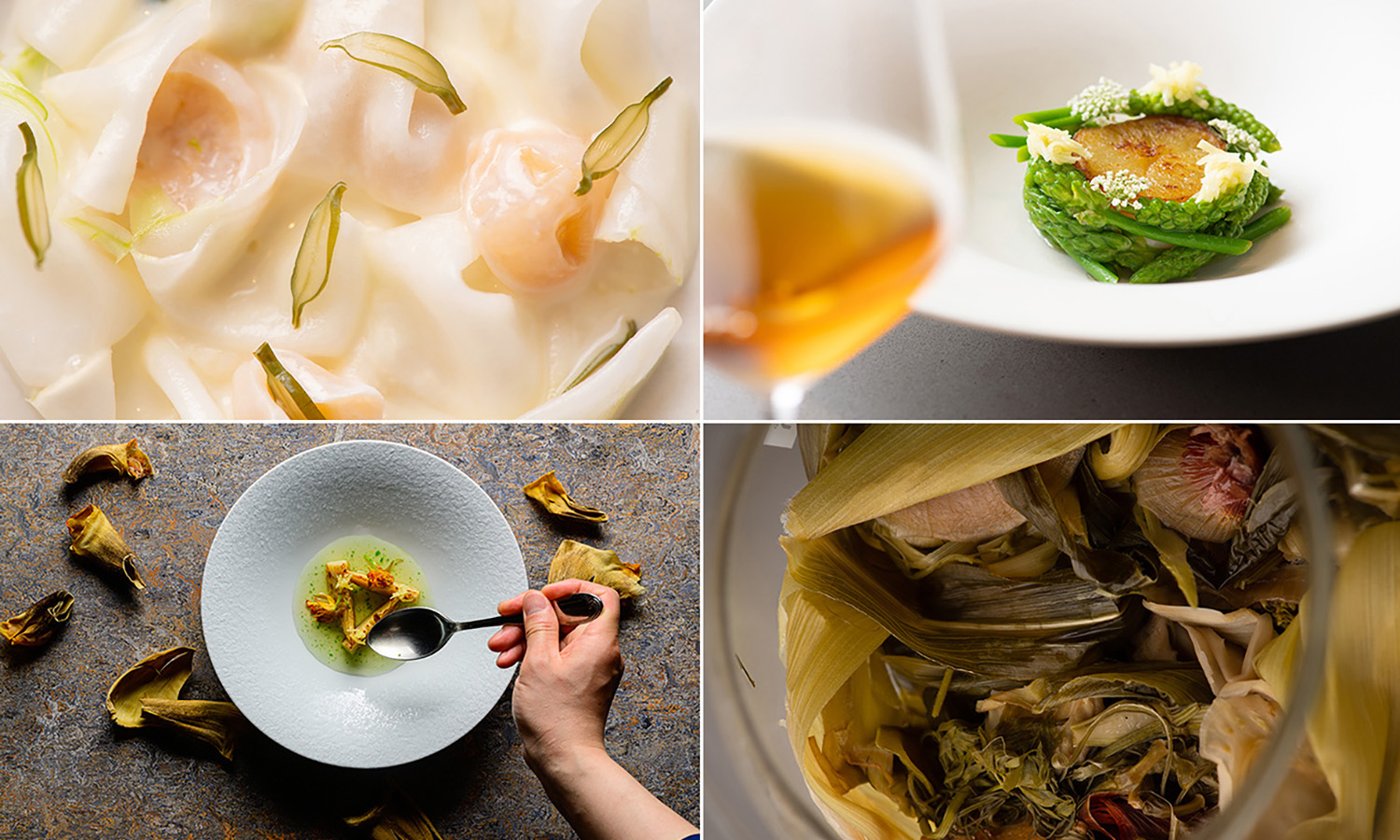
For Prime People-Watching: Blue Bottle Coffee Shinagawa Café
An impressive range of honest coffees in a chic minimalist setting with a fast Wi-Fi connection: that all might be more than enough for many global travellers, but what makes this popular American roastery stand out from the bajillion other cafés in this vast city, is the time-specific, quintessentially Tokyo view offered from the counter overlooking Shinagawa Station’s wide concourse during typical rush hours. Located at the station – one of the busiest in the capital, with 700,000 commuters crossing paths daily – Blue Bottle Coffee is not only a perfect pitstop, but an opportunity to view the Kafkaesque flow of Tokyoites moving in unison, each in perfectly timed steps with an incredibly orderly distance. It’s a captivating sight that will make a lasting mark in one’s memory – and there it must stay, as photography is strictly prohibited.
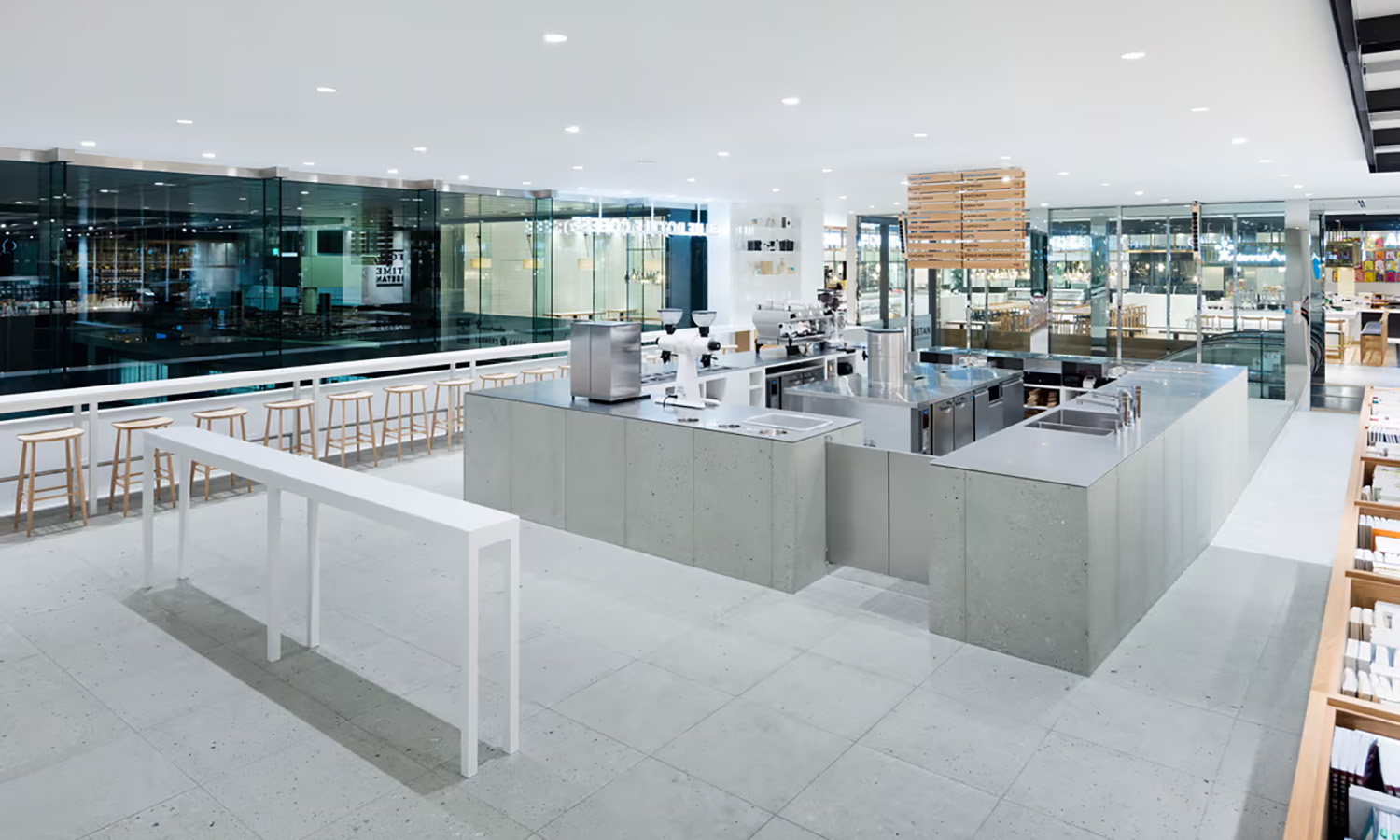
For Local Flavours: Monja Moheji
Many have heard of okonomiyaki, savoury pancakes originating from the west of Japan. Monjayaki (called monja for short), on the other hand, are a variant unique to downtown Tokyo, namely Tsukishima, with a history dating back to feudal times. Tsukishima remains the go-to place for this delicious, pan-fried snack, with approximately 80 monja restaurants in the vicinity. Cooked and served directly at the table on an embedded griddle, diners can select from a great range of toppings, like seafood, meat, spicy fish roe, cheese and kimchi. It is slightly trickier to cook than okonomiyaki, as the batter is much runnier due to a generous amount of dashi soup. If wrongly poured on the griddle, the entire eatery would steam – giving away an obvious sign that the diners are not local. At Monja Moheji, however, friendly staff efficiently prepare the dish at the table while drinks and side dishes are served. Once ready, a tiny spatula is used to scrape and eat the monja straight off the sizzling griddle, an additional dash of fun for this quintessentially downtown experience.
View this post on Instagram
View this post on Instagram
For An Edible Souvenir: Kashiya Shinonome
The subtle, tasteful façade and antique-filled interior of Kashiya Shinonome may attract passers-by who happen to come across it, but the key to their great success – evident in the sold-out items at early hours and the queue forming as soon as the door opens – is without doubt down to their beautifully packaged baked sweets. All delicately flavoured, and with more than 20 different sorts available for just the biscuits alone, the selection also includes all-time classics like lemon cakes, madeleines, scones and specially made seasonal items.
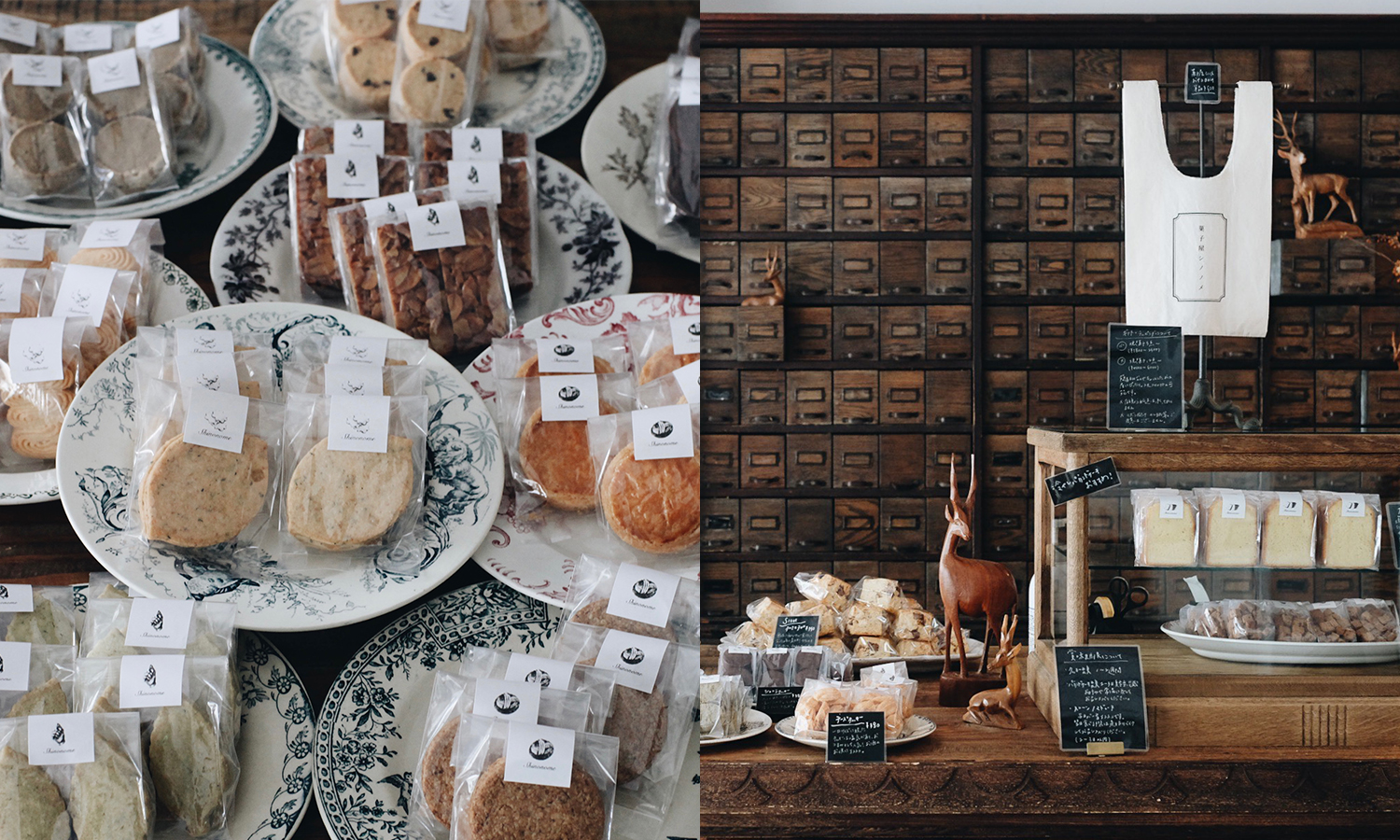
For a Great Cuppa: Sakurai Japanese Tea Experience
At Sakurai Japanese Tea Experience, set right in the heart of Tokyo between trendy Omotesando and bustling Shibuya, time unexpectedly passes just a little more slowly. The man behind this establishment, Sinya Sakurai, aims to evolve the ancient Japanese tea experience for the next millennium. The daytime menu offers a handful of multi-course menus featuring delicately prepared dishes paired perfectly with fine tea varieties, ranging from roasted hojicha to full-bodied gyokuro. In the evening, a greater choice of tea-based cocktails, from Oolong Pisco Sour to Matcha Beer, become available, each offering visual and gustatory surprises. Observing the skilful staff preparing everything with no wasted movements is also a highlight of this urban sanctuary.
View this post on Instagram
View this post on Instagram
For Honest Eats: Yakumo
It’s tough to resist a hearty bowl of ramen noodles – and visitors to Japan are spoilt for choice. There are rumoured to be over 180 different types of ramen available in the country, differentiated by the various toppings and the broth used. At award-winning Yakumo, two distinctive soy-sauce-based “shiro dashi” (white dashi soup) and “kuro dashi” (darker dashi soup) are available to choose from, both topped with juicy wonton dumplings filled with prawns and pork. The plain storefront could belie the popularity of this ramen restaurant – were it not for the queue that is almost always forming around the clock. Slightly unnerving as it may be, Yakumo employs a ticketing system: you purchase a ticket for a desired bowl from a vending machine (in Japanese) and hand it over to the staff as you are seated. This is a typical and efficient ordering system for many popular ramen restaurants in Japan that adds to the whole experience.
View this post on Instagram
View this post on Instagram
For Farm-To-Table Fare: Faro
Housed in the iconic Shiseido building in the heart of Ginza, Faro is one of the leading culinary ventures run by the century-old Japanese cosmetic company. Mirroring Shiseido’s motto of ‘Beauty, Innovations, for a Better World’, Faro offers Italian flair and a strong focus on vegan menus – a choice made for its positive impact on health, wellbeing and the environment. As with many fine-dining restaurants, Faro sources ingredients from every corner of the Japanese archipelago, but what underpins Faro’s choice is the tie with local producers and comprehensive knowledge of the products sourced – leading to dishes like “Flowers of the Farm” (ravioli made of powdered leftover vegetables kneaded into its dough) which reveal the restaurant’s commitment to wasting absolutely nothing.
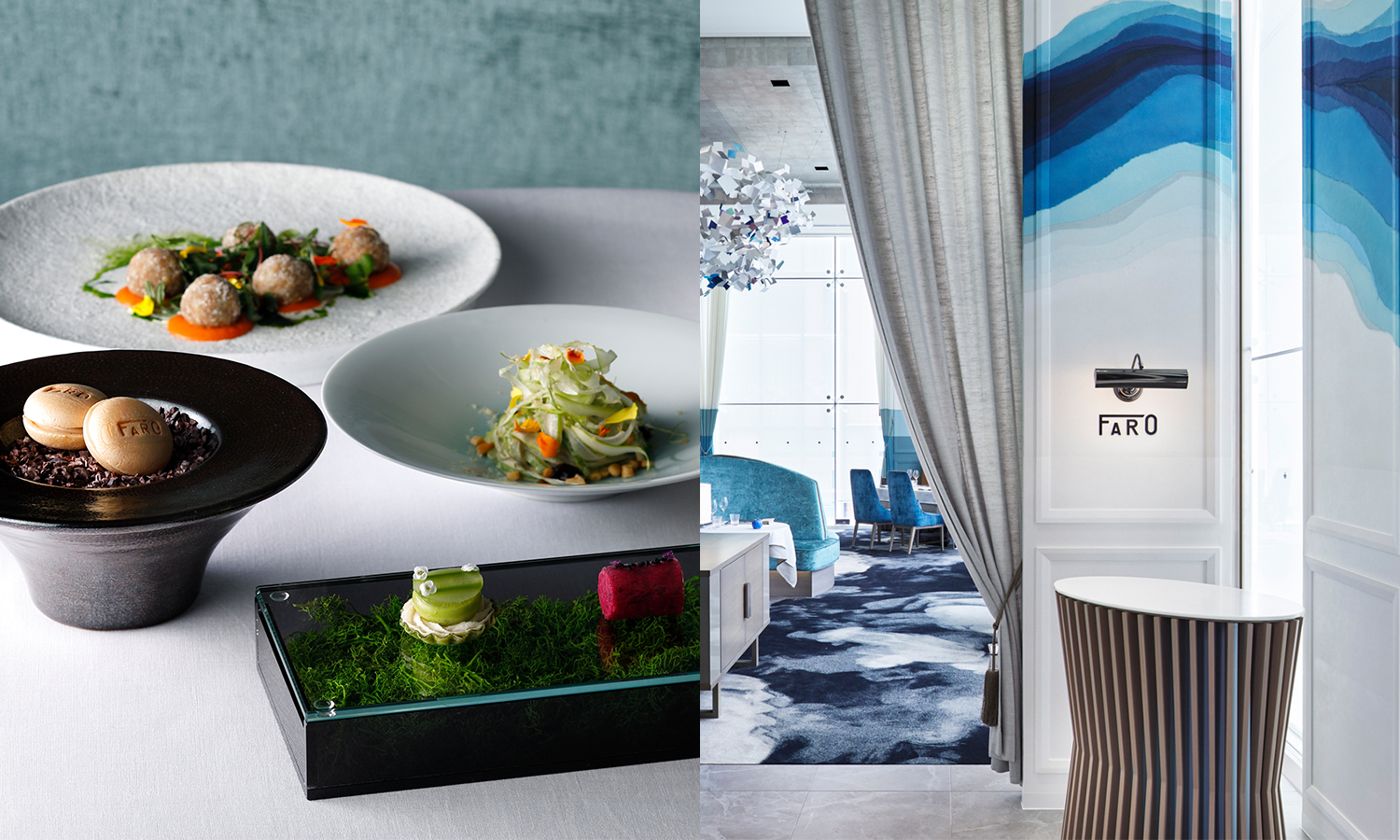
For A One-Of-A-Kind Experience: Tofuya Ukai
However exciting the Japanese capital may be, today’s urban landscapes no longer bear much resemblance to what Hokusai or Hiroshige once portrayed of feudal Japan. Yet there are still hidden places offering a glimpse into Japan’s past – and Tofuya Ukai is a fine example. At the foot of Tokyo Tower, set in one of the scarce but vast greeneries of Shiba Koen, the grounds of Tofuya Ukai alone are worth visiting for the beautiful setting. Among immaculate Japanese-style stepping stone gardens with carp swimming ponds and bridges stands Sukiya-zukuri-style architecture, historically associated with Japanese tea ceremonies, completing the picturesque setting. As the moniker suggests, Tofuya Ukai specialises in tofu, serving a range of tofu-focussed multi-course menus consisting of wonderfully presented dishes with delightful surprises for the palate.
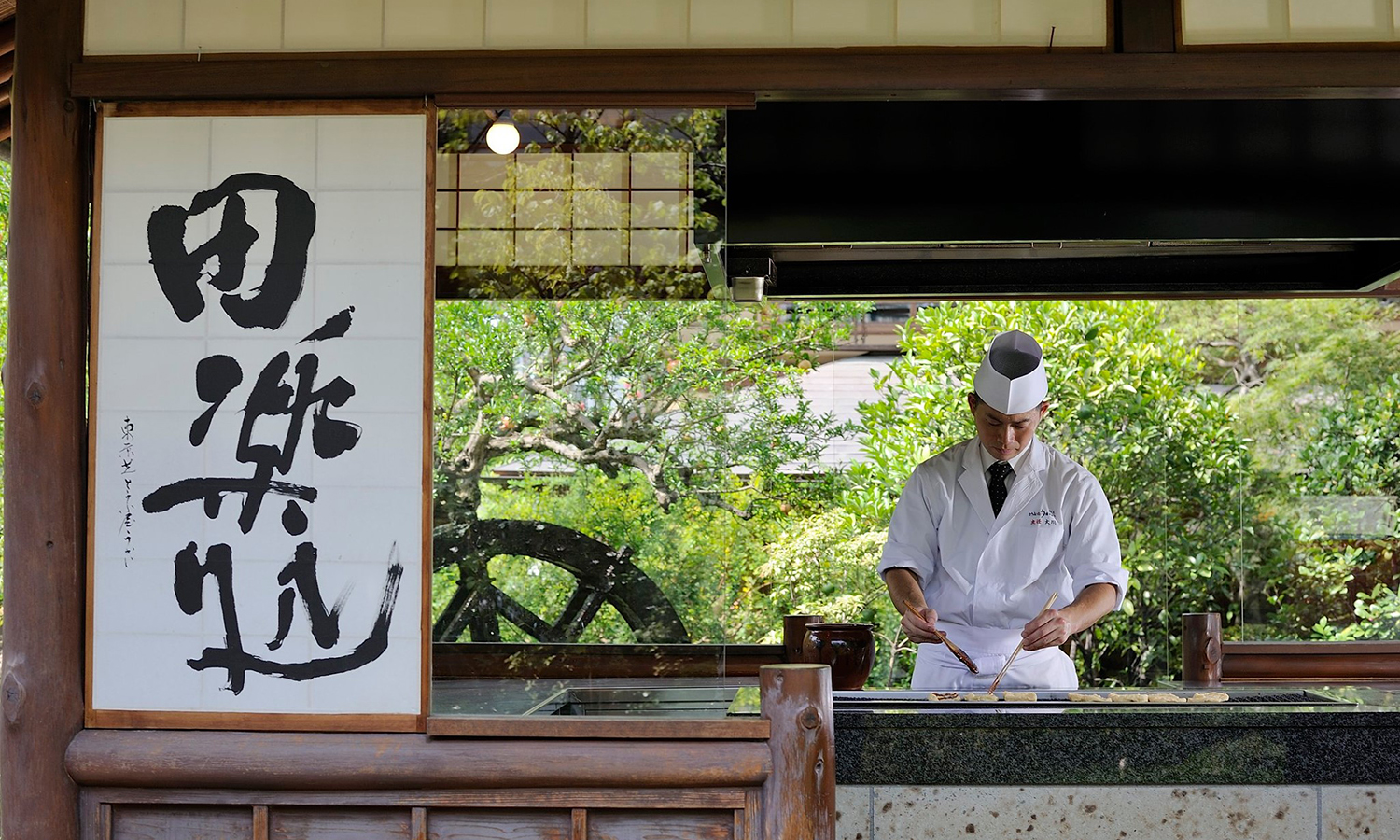
For Local Libations: Stage by The Ethical Spirits
Despite being just a stone’s-throw away from the popular Asakusa district, frequented by both locals and tourists alike, adjoining Kuramae gives the sense of a true neighbourhood. This flourishing quarter alongside the iconic Sumida River is brimming with creativity, evident in the many concept stores, trendy eateries and design ateliers, as well as Stage by The Ethical Spirits. This eco-conscious bar has always had its eyes firmly on issues of a global scale, gaining it fame beyond Kuramae as a leading force in ‘food upcycling’. On top of collaborating with other like-minded brands and producers, they offer a great range of fragrant, award-winning gins made in-house using ingredients that would otherwise be thrown out. Stop in to relax over drinks and Insta-perfect small dishes after a long day in the capital.
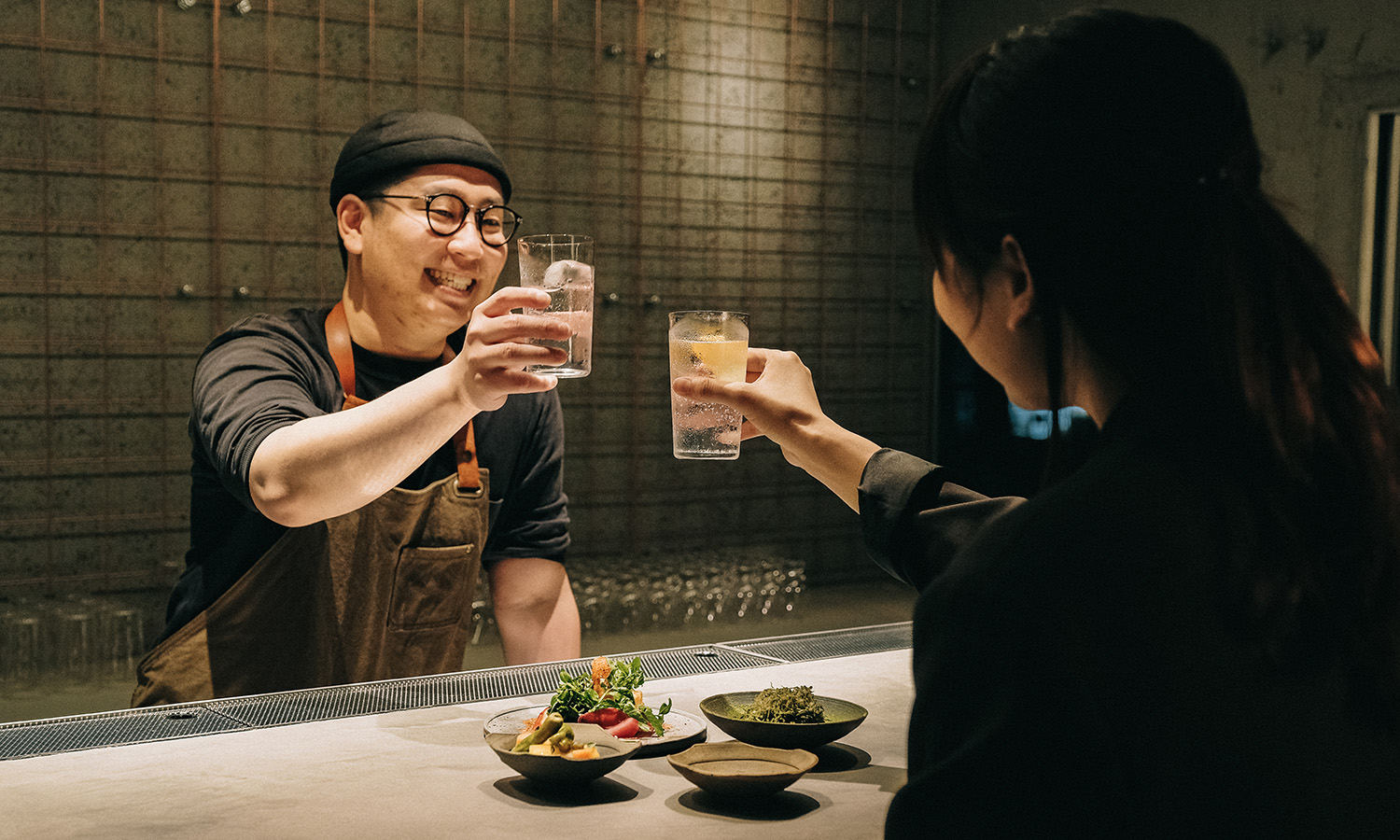
For A Sweet Treat: Takemura
A nice walk from Tokyo Central Station, tucked away in a little corner near the Kanda River, is the legendary Takemura. Housed in a registered architectural building just short of 100 years old, the façade is adorned with a remarkable hand-carved balustrade featuring bamboo and plum patterns. Known for its made-in-house, gently flavoured red bean paste, there is usually a long queue of people at the front, whatever the weather, all happily awaiting the prospect of savouring the legendary Japanese sweets Takemura is known for. The inside of the store resembles a traditional Japanese home with a handful of tables and a tatami-mat space available for the dine-in guests. It is not a big establishment, but the solid selection includes deep-fried Manju dumplings, chilled or warm red bean soup with tender rice cakes, and many other traditional confectioneries, served with biting green tea to complement the gentle sweetness. Takeaways are also possible, but arrive early to avoid disappointment.

